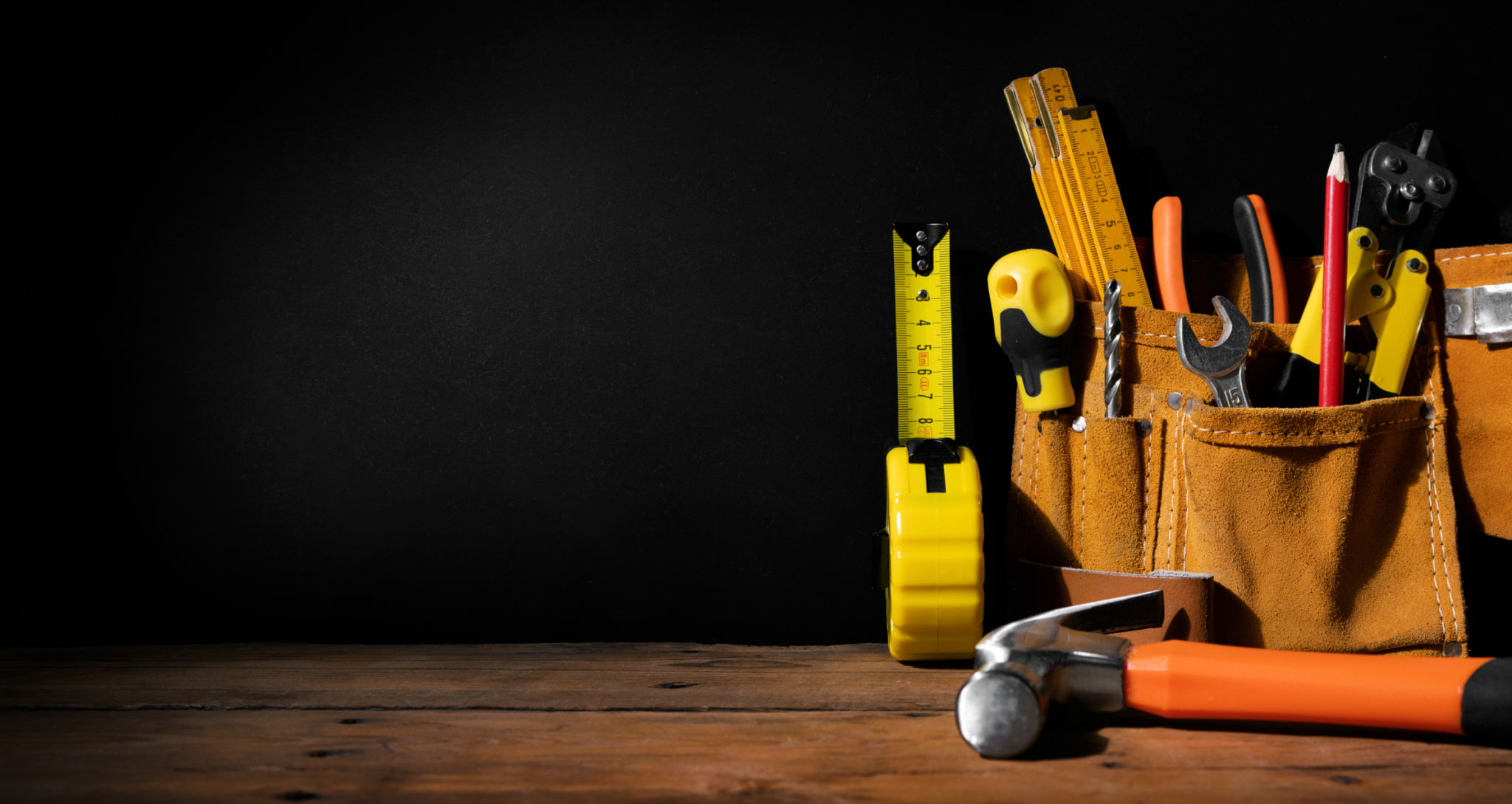DIY Problem Solving: Simple Techniques to Solve Everyday Issues
AJ
Understanding the Basics of DIY Problem Solving
DIY problem solving is all about using simple, practical solutions to tackle everyday challenges. Whether it's a leaky faucet or a squeaky door, having a few basic techniques up your sleeve can save you time and money. The key is to approach problems with a positive mindset and a willingness to experiment with different solutions.

Identifying the Problem
The first step in any DIY project is to accurately identify the problem. This might seem obvious, but it’s often overlooked. Take a moment to observe the issue closely. Is there a specific pattern or trigger? Are there any signs of wear or damage? By understanding the root cause, you can choose the most effective solution.
Once you've identified the problem, gather any tools or materials you might need. Having everything at hand ensures that you won’t have to interrupt your work to fetch supplies, which can be frustrating and time-consuming.
Simple Fixes for Common Issues
Many household problems have straightforward solutions that require minimal tools and effort. Here are a few examples:
- Leaky Faucets: Often caused by a worn-out washer. Replacing it is usually a quick fix.
- Squeaky Doors: A bit of lubricant on the hinges can work wonders.
- Clogged Drains: A mixture of baking soda and vinegar can help clear minor blockages.

When to Call in the Professionals
While DIY solutions are great for many issues, it's important to recognize when a problem is beyond your expertise. Electrical issues, major plumbing repairs, and structural problems are best left to professionals who have the necessary skills and equipment. Attempting to fix these on your own could lead to further damage or even injury.
Knowing when to ask for help is a crucial aspect of DIY problem solving. It ensures that you’re not taking unnecessary risks and that any major issues are addressed correctly the first time.
Staying Safe During DIY Projects
Safety should always be your top priority when tackling DIY projects. Here are some basic safety tips:
- Wear Protective Gear: Gloves, goggles, and masks can protect you from potential hazards.
- Read Instructions Carefully: Whether it’s power tools or simple household products, understanding how to use them safely is essential.
- Keep Your Workspace Clean: A tidy area reduces the risk of accidents.

Embracing a DIY Mindset
The beauty of DIY problem solving lies in its empowerment. By taking control of everyday issues, you not only learn valuable skills but also gain confidence in your ability to handle unexpected challenges. Remember, practice makes perfect, so don’t be discouraged by initial setbacks.
Each project is an opportunity to expand your knowledge and improve your problem-solving abilities. With time and experience, you'll find yourself approaching new challenges with creativity and resourcefulness. Embrace the journey and enjoy the satisfaction of solving problems with your own two hands.